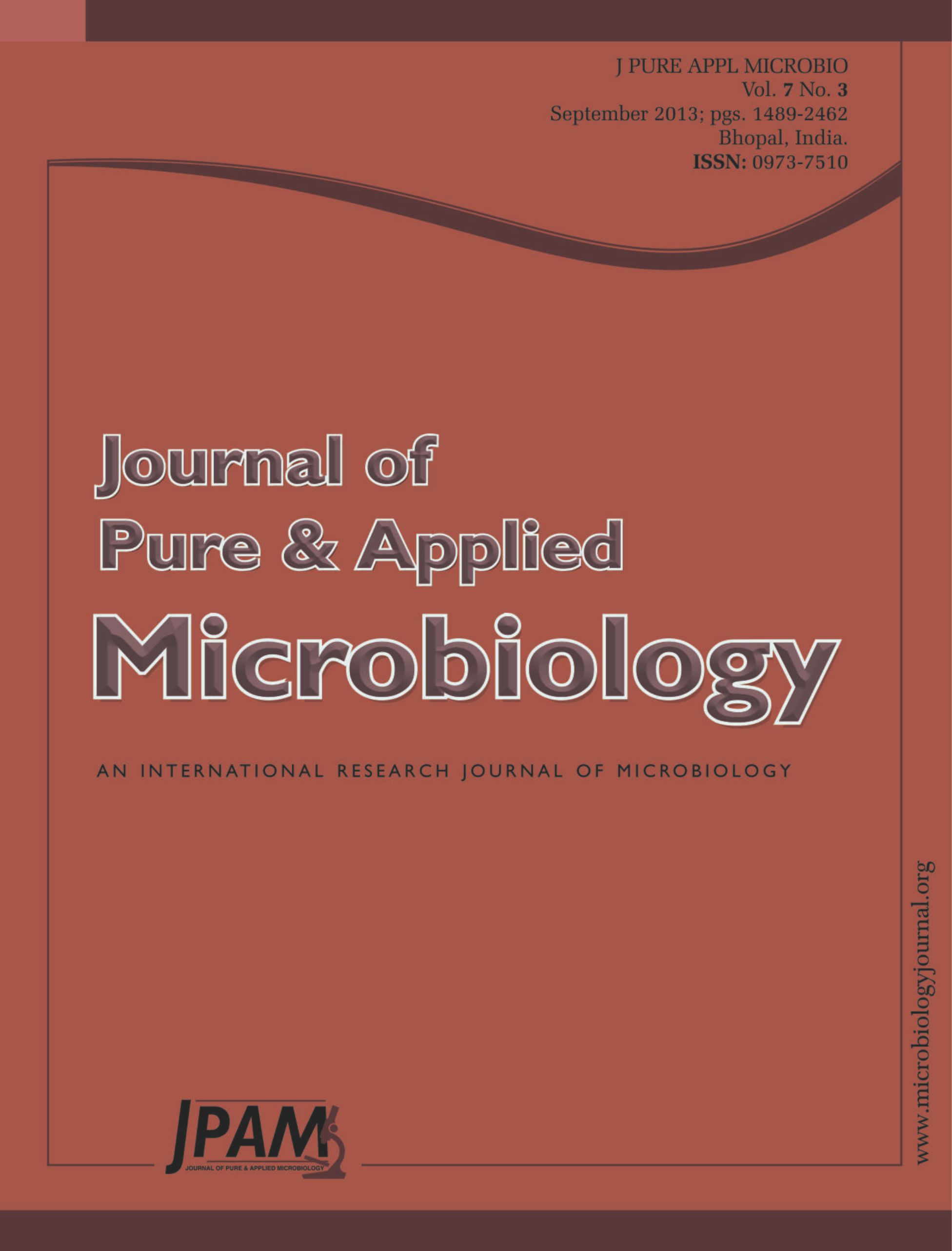Herbicides are commonly used for controlling weeds in oil palm plantations, but their residues in soil were reported to affect microorganism development which influences many crucial biological processes in soil. The study was conducted to assess the growth-inhibitory effects on bacterial populations exposed to 0.5, 1 and 2 times recommended field application rates of four herbicides (paraquat, glyphosate, glufosinate-ammonium and metsulfuron-methyl) in pure culture media (in vitro) and in incubated soil microcosm. Herbicides treated to culture media caused significant reduction to growth of bacterial species (Bacillus humi, B. cereus/thuringiensis, B. pseudomycoides, Bacillus sp.). Among the species, B. humi was the most sensitive species to all the herbicides, whereas M. spinosa was comparatively least affected, except to paraquat. In soil microcosm, the inhibitory percentages at recommended field application rates were highest for paraqaut (82.0%) followed by glyphosate (74.0%), glufosinate-ammonium (73.0%) and metsulfuron methyl (68.7%). However, the inhibition percentages over five exposure periods (2, 4, 6, 10, 20 DAT, days after treatment) were observed to be of higher levels from the initial effect until 6 DAT, and decreased rapidly by 10 DAT. No inhibition was observed by 20 DAT. Assessment of the exposure data presented here indicates that the above-mentioned herbicides used in oil palm plantation would have the potential of being toxic to the bacterial populations upon direct exposure in-vitro. However, natural processes in soil lower the inhibitory effect on the bacterial growth, which was transient, and that the bacterial populations were able to recover fully from the initial shock.
Exposure period, Herbicide toxicity, in vitro, Recommended field rate, Soil microcosm, Soil microorganisms
© The Author(s) 2014. Open Access. This article is distributed under the terms of the Creative Commons Attribution 4.0 International License which permits unrestricted use, sharing, distribution, and reproduction in any medium, provided you give appropriate credit to the original author(s) and the source, provide a link to the Creative Commons license, and indicate if changes were made.


